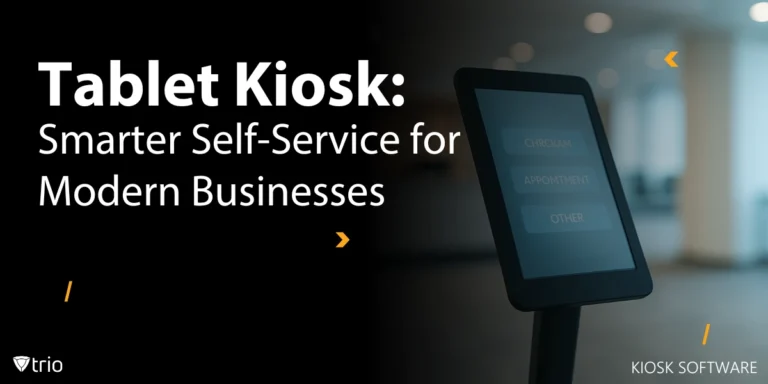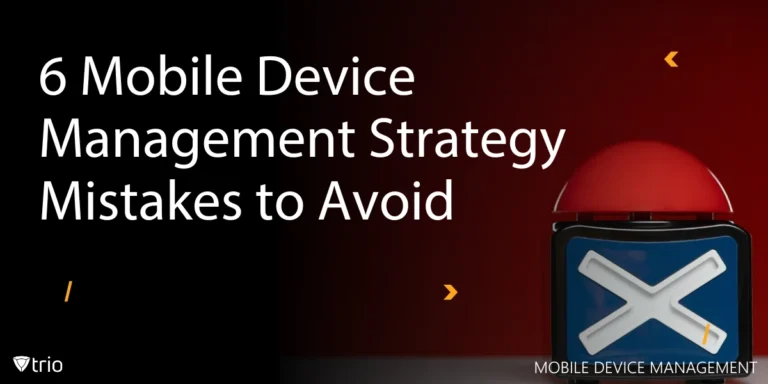It's crucial for businesses to adapt and thrive in the digital age by embracing omnichannel retail strategies. A Harward Business Review study of 46000 customers showed that 73% of customers were omnichannel customers and didn’t use only a single channel to purchase. But what exactly is an omnichannel retail business model, and how does it differ from traditional single-channel approaches? In this comprehensive blog post, we'll delve into the core concepts of omnichannel retail strategy, exploring its key elements, and best practices. Whether you're a seasoned retailer looking to refine your approach or a newcomer seeking to understand the fundamentals, this guide will equip you with the knowledge and insights needed to navigate the omnichannel landscape successfully.
What Is an Omnichannel Retail Strategy?
Omnichannel retail strategy refers to a holistic approach to retail that integrates different sales channels, both online and offline, to create a seamless and consistent shopping experience for customers. In an omnichannel strategy, the focus is on providing customers with a unified experience across all touchpoints, including physical stores, websites, mobile apps, social media platforms, and any other channels through which customers interact with the brand. In other words, planning an impressive customer engagement strategy is at the heart of any omnichannel retail strategy. Key elements of an omnichannel retail strategy include:
- Integration: Ensuring that all channels are interconnected and share information, such as inventory levels, customer preferences, and purchase history, to provide a consistent experience regardless of the channel used.
- Consistency: Maintaining consistent branding, pricing, promotions, and customer service across all channels to avoid confusion and ensure a seamless transition between channels.
- Flexibility: Allowing customers the flexibility to shop how, when, and where they want, whether it's online, in-store, via mobile devices, or a combination of these options.
- Personalization: Leveraging customer data and insights to personalize the shopping experience across channels, such as recommending products based on past purchases or browsing behavior.
- Convenience: Offering convenient features like buy online, pick up in-store (BOPIS), same-day delivery, or hassle-free returns to enhance the overall shopping experience and meet customer expectations.
- Analytics: Utilizing data analytics and metrics to track customer behavior, preferences, and performance across different channels, enabling continuous optimization and improvement of the omnichannel strategy.

Difference Between Omnichannel and Single-Channel Retail Strategies
In a retail channel strategy with a single channel, a retailer operates through only one primary sales channel, such as a physical store, a website, or a catalog. Customers interact with the brand and make purchases exclusively through that single channel. There is little to no integration between different sales channels, and the focus is on optimizing the performance of the chosen channel.
An omnichannel strategy takes multichannel retailing a step further by integrating all sales channels into a unified and seamless shopping experience. The focus is on providing customers with a consistent and personalized experience across all touchpoints, including physical stores, websites, mobile apps, social media, and more. Channels are interconnected, allowing for features like buying online, pick up in-store (BOPIS), seamless transition between channels, and access to unified inventory and customer data. The goal is to meet customers wherever they are, providing them with flexibility and convenience while maintaining a cohesive brand identity and delivering exceptional customer service.

Omnichannel Retail Strategy Best Practices
A good omnichannel strategy incorporates several key elements to ensure a seamless and effective shopping experience for customers across all channels. Here are some factors that contribute to a successful omnichannel strategy:
-
Customer-Centric Approach
Understanding the needs, preferences, and behaviors of your target audience is crucial. A good omnichannel strategy revolves around delivering a personalized and consistent experience that meets the expectations of your customers.
-
Integration of Channels
All channels, including physical stores, e-commerce platforms, mobile apps, social media, and customer service touchpoints, should be integrated to provide a unified experience. This means ensuring consistent branding, messaging, pricing, and inventory information across all channels.
-
Seamless Experience
Customers should be able to transition effortlessly between different channels during their shopping journey. For example, they should be able to start browsing products online, continue on a mobile device, and complete the purchase in-store, or vice versa, without any disruptions.
-
Data-Driven Insights
Utilize data analytics from omnichannel retail examples to gain insights into customer behavior, preferences, and purchasing patterns across various channels. This information can help personalize the shopping experience, target marketing efforts more effectively, and optimize the overall omnichannel strategy.
-
Unified Inventory Management
Implementing systems that provide real-time visibility into inventory levels across all channels is essential. This enables features like buy online, pick up in-store (BOPIS), or ship from store, allowing customers to access products regardless of where they are located. Some omnichannel retail solutions can be used for this purpose.
-
Convenient Fulfillment Options
Offering flexible fulfillment options such as home delivery, click-and-collect, curbside pickup, and same-day delivery can enhance convenience and cater to different customer preferences.
-
Mobile Optimization
Given the increasing use of mobile devices for shopping, it's crucial to ensure that all channels are optimized for mobile access. This includes having a mobile-responsive website, mobile app, and providing mobile-friendly checkout processes.
Conclusion
In conclusion, the omnichannel retail experience represents a fundamental shift in how retailers approach customer engagement and sales. By seamlessly integrating various sales channels and prioritizing consistency, personalization, and convenience, retailers can meet the evolving needs and preferences of modern consumers. From leveraging data-driven insights to offering flexible fulfillment options and optimizing mobile experiences, the key to success lies in creating a unified and cohesive shopping journey that transcends individual channels.
Mobile Device Management (MDM) solutions play a vital role in supporting omnichannel retail strategies by ensuring that mobile devices used in various aspects of retail operations are secure, managed efficiently, and optimized for providing a seamless customer experience. Experience the power of our MDM solution, Trio, with a free demo today! Using MDM for retail, ensure seamless integration across all channels, maintain data accuracy, and deliver personalized experiences to your customers.
Get Ahead of the Curve
Every organization today needs a solution to automate time-consuming tasks and strengthen security.
Without the right tools, manual processes drain resources and leave gaps in protection. Trio MDM is designed to solve this problem, automating key tasks, boosting security, and ensuring compliance with ease.
Don't let inefficiencies hold you back. Learn how Trio MDM can revolutionize your IT operations or request a free trial today!





